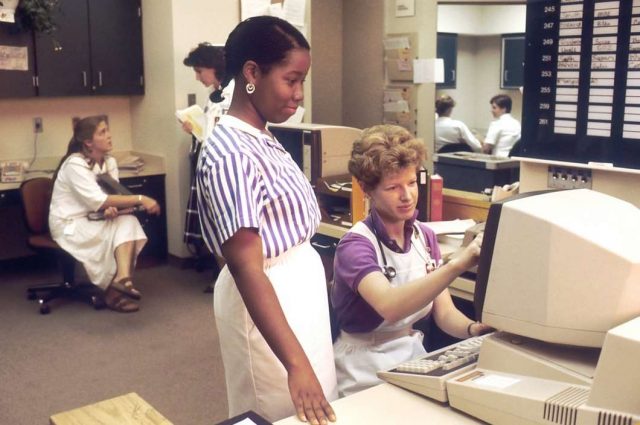Running and managing a medical facility involves balancing a ton of factors beyond medical know-how and billing. There are countless ways medical facilities can cause harm or help to people, either offering stellar service or poor service. The following will explore a few things that you can do to help improve the service offered at your medical facility.
Become Trauma-Informed
Being trauma-informed is absolutely critical if you want to give people visiting your medical facility high-quality service. Quite simply, visiting medical facilities can be incredibly traumatizing for people; there’s a reason so many people hate hospitals and going to the doctor; they’ve had negative experiences with them to the degree that they’d rather suffer pain or uncomfortable side effects than visit a medical facility.
Even before someone arrives, you need to understand that they might be experiencing the worst day or time of their life. Perhaps they were injured in a horrific, shocking accident. Maybe they’ve just gotten a diagnosis that changes all their future plans. They might be confused and terrified about what their body is going through.
Beyond this, often, people are treated as objects when they arrive for medical care. If someone is conscious and time isn’t of the essence, explain what you’re giving them as well as what you’re doing and why. Even something as simple as rephrasing a statement into a question like: I’d like to give you something for the pain, is that okay? can drastically increase a patient’s sense of control over their situation and, therefore, the amount of emotional or psychological trauma they incur from their visit.
Studies have shown that the biggest difference between whether someone is traumatized by a form of suffering or not is whether they feel they have the power to end that suffering or not. This is why exercising isn’t traumatic even though it’s sometimes painful—the person working out knows they can stop. Incorporate trauma-informed training sessions with your regular training sessions. Give as much power and control as you can to your patients, and you’ll find that their experience radically improves.
Mental Health Awareness
Long gone are the days when people believed that physical ailments were completely segregated from the mind and emotions. We now know that someone’s emotional wellbeing or psychological wellbeing can influence their physical health for better or worse. Ideally, you want a psychiatric or mental health nurse practitioner, PMHNP for short, present at all times; if you don’t have one consider sending a member of your staff who is interested in gaining qualifications of a PMHNP. The physical body cannot be separated from mental wellbeing and, in today’s modern world where mental health has been pushed to its absolute limits time and time again, stepped on by insane working hours and lower than ever average hours of sleep per night, battered into the ground by constant updates about everything that’s going on in the world and all the humans who are doing better than all the others, mental health needs to be incorporated into all medical facility approaches.
Keep Yourself Updated On The Research
When you’re working within the healthcare industry, it’s easy to develop a narrow focus. You’re overworked, exhausted, and not given enough time for each patient; it can feel like you’re standing next to a patient conveyer belt where people simply show up and have fifteen minutes to explain themselves as they float by and you throw whatever treatment seems like it will most likely ease up their suffering at them as the next patient slides down the belt towards you. It’s incredibly hard to do any job in the medical field.
Studies have found that 1 in 20 adult patients are misdiagnosed, and in about half of these cases, the misdiagnosis is severe enough to cause harm. A recent study from Johns Hopkins University found that the third-highest cause of death in America is medical error. We like to think that we’re living in an era well beyond the one where people were more likely to die if they went to the hospital than if they stayed home, but we’re not doing as much better as we think.
The biggest thing medical practitioners can do to help improve these horrifying statistics is to stay up-to-date on current medical research. It is especially important to read the research that you feel goes against what you know and humble yourself enough to comprehend where you might be using outdated information. It’s estimated that about half of the knowledge in a given medical field will become obsolete over a 45-year span. This means if you went to school a while ago, there might be a whole bunch of things that are disproven that you still preach to patients.
The above steps are all critical parts of offering high-quality care in a medical facility. You might also want to open yourself up to patients’ comments and reviews with opinion boxes so that you can see if there are any areas your facility, in particular, is lacking.

Speaks from heart, always too passionate and driven by emotions. Spins the words with kindness & sharpness, intriguing your ever-inscrutable minds.





